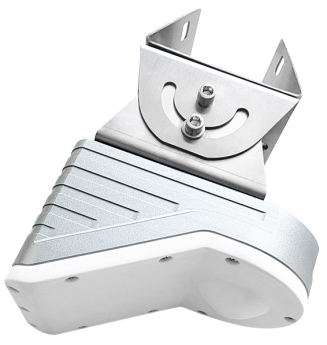Innovations in Non-Contact Measurement Technology Drive Market Growth
Radar flow meters, a cutting-edge solution for liquid and gas flow measurement, are increasingly becoming the go-to technology for industries ranging from water management to oil and gas. As global demand for accurate, non-invasive monitoring grows, radar-based systems are emerging as a reliable alternative to traditional mechanical and ultrasonic flow meters.
How Radar Flow Meters Work Utilizing high-frequency electromagnetic waves, radar flow meters measure flow velocity by analyzing the Doppler shift of signals reflected off moving particles or surfaces in a fluid. Unlike contact-based sensors, these devices operate externally, eliminating wear-and-tear risks and reducing maintenance costs. Advanced models now incorporate Frequency-Modulated Continuous Wave (FMCW) technology and AI-powered signal processing to enhance accuracy in challenging environments, such as turbulent flows or liquids with suspended solids.
Key Applications and Industry Adoption
Water and Wastewater Management: Municipalities are adopting radar flow meters to monitor sewage systems and stormwater networks, complying with stricter environmental regulations. Their ability to function in partially filled pipes and harsh weather conditions makes them ideal for urban infrastructure.
Oil and Gas: Upstream and midstream operators leverage radar technology to measure hydrocarbon flows in pipelines, where safety and leak detection are critical.
Agriculture: Precision irrigation systems use radar meters to optimize water usage, aligning with sustainable farming practices.
Industrial Processes: Chemical and pharmaceutical manufacturers benefit from their corrosion-resistant design and ability to handle aggressive fluids.
Market Trends and Projections According to a recent report by [Market Research Firm, e.g., ABI Research], the global radar flow meter market is projected to grow at a CAGR of 6.8% from 2023 to 2030, driven by aging infrastructure upgrades and IoT integration. Major players like Siemens, Emerson Electric, and Honeywell are investing in compact, wireless-enabled models that seamlessly integrate with Industry 4.0 platforms.
Challenges and Future Outlook While radar flow meters offer significant advantages, high initial costs and the need for technical expertise during installation remain barriers for smaller enterprises. However, advancements in edge computing and cloud-based analytics are expected to lower operational hurdles.
Conclusion As industries prioritize efficiency, sustainability, and regulatory compliance, radar flow meters are poised to play a pivotal role in reshaping flow measurement practices. With ongoing R&D focused on affordability and AI integration, this technology is set to penetrate new sectors, from hydrogen energy systems to desalination plants, in the coming decade.
For media inquiries or expert commentary, contact: info@felixmeter.colm
